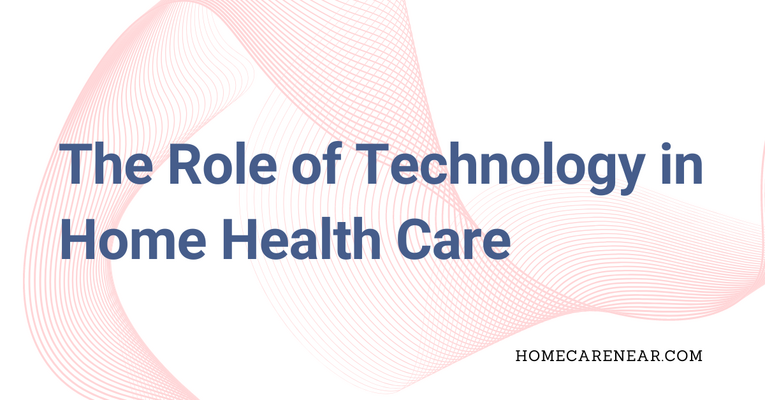
Technology has been a game-changer in many industries, and home health care is no exception. Advances in medical technology have transformed how care is delivered, making it more efficient and accessible. From telehealth services to remote monitoring devices, technology plays a crucial role in modern home health care. This article explores the various technological advancements in home health care and their impact on patient care.
Telehealth Services
Telehealth has revolutionized the way health care is delivered, particularly in home health care. Telehealth allows patients to consult with healthcare providers remotely using video conferencing, phone calls, or messaging apps.
Accessibility: Telehealth improves accessibility by allowing patients to receive care without the need for travel. This is particularly beneficial for patients in rural or underserved areas who may have difficulty accessing healthcare facilities.
Convenience: Patients can schedule appointments at their convenience, reducing the need for time off work or arranging transportation. Telehealth also enables patients to have consultations from the comfort of their own homes.
Continuous Monitoring: Telehealth enables continuous monitoring of chronic conditions, allowing healthcare providers to make timely adjustments to treatment plans. This proactive approach can lead to better health outcomes and reduced hospitalizations.
Remote Monitoring Devices
Remote monitoring devices are becoming increasingly popular in home health care. These devices collect and transmit patient data to healthcare providers, enabling real-time monitoring and timely interventions.
Wearable Devices: Wearable devices, such as fitness trackers and smartwatches, monitor vital signs, activity levels, and sleep patterns. This data helps healthcare providers track patient health trends and identify potential issues early.
Medical Devices: Devices such as glucose monitors, blood pressure cuffs, and heart rate monitors allow for continuous monitoring of specific health conditions. Data is transmitted to healthcare providers, who can respond quickly to any changes.
Alerts and Notifications: Remote monitoring devices can send alerts and notifications to both patients and providers if readings fall outside the normal range, prompting immediate action. This can prevent complications and ensure timely medical intervention.
Electronic Health Records (EHR)
Electronic Health Records (EHR) play a crucial role in home health care, providing a comprehensive and accessible record of a patient's health history.
Centralized Information: EHRs centralize patient information, making it accessible to all healthcare providers involved in the patient's care. This ensures continuity of care and reduces the risk of errors.
Efficient Communication: EHRs facilitate efficient communication between healthcare providers, allowing for quick updates and coordination of care. This can lead to better patient outcomes and more streamlined care processes.
Patient Engagement: Patients can access their health records, track their progress, and communicate with their healthcare providers through patient portals. This engagement can lead to better adherence to treatment plans and improved health outcomes.
Future Trends
The future of home health care technology looks promising, with several emerging trends set to further enhance care delivery.
Artificial Intelligence (AI): AI can analyze vast amounts of data to identify patterns and predict health issues before they become critical. This can lead to more proactive and preventive care, reducing the need for emergency interventions.
Robotic Assistance: Robots can assist with tasks such as medication management, mobility support, and companionship, improving patient independence and quality of life. These advancements can also reduce the burden on caregivers.
Virtual Reality (VR): VR can be used for pain management, rehabilitation, and mental health therapy, providing immersive and effective treatment options. This technology can enhance patient engagement and improve treatment outcomes.
Conclusion
Technology is playing an increasingly vital role in home health care, improving accessibility, convenience, and quality of care. From telehealth services and remote monitoring devices to electronic health records and emerging trends like AI and robotics, technology is transforming the way home health care is delivered. Embracing these advancements can lead to better health outcomes and a higher quality of life for patients receiving care at home.
.png)